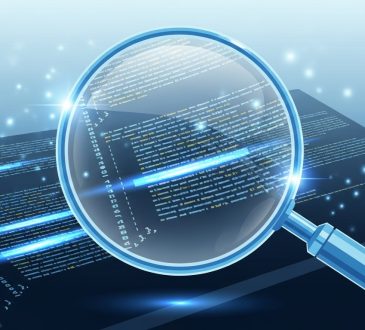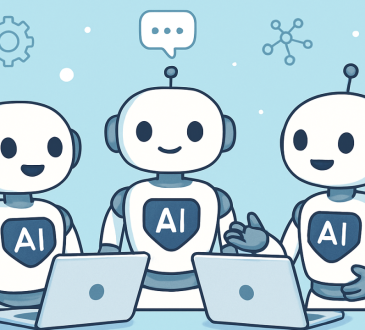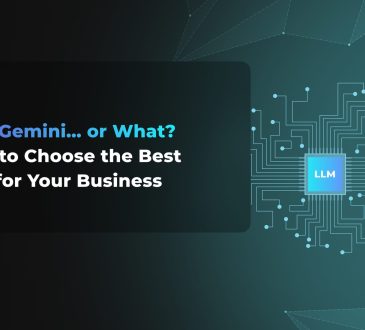ChatGPT: Everything You Need to Know About the AI-Powered Chatbot

Artificial intelligence has changed the way we interact with technology, and one of the most talked-about innovations today is ChatGPT, an AI-powered chatbot developed by OpenAI. Known for its natural conversation abilities and versatility, ChatGPT has become a household name in both personal and professional settings. But what exactly is it, how does it work, and why is everyone talking about it? Let’s dive in.
What is ChatGPT?
ChatGPT is a highly advanced language model designed to understand and generate human-like text. At its core, it’s a type of AI called a generative pre-trained transformer (GPT). OpenAI first introduced the GPT model in 2018, and since then, it has evolved significantly. Each new version improves its ability to understand context, provide coherent answers, and handle complex conversations. ChatGPT represents the latest in this evolution, combining cutting-edge natural language processing with an easy-to-use chat interface.
Unlike traditional chatbots that rely on fixed scripts, ChatGPT generates dynamic responses, adapting to the nuances of each interaction. This flexibility allows it to:
- Answer questions and provide explanations
- Assist with creative writing and brainstorming
- Help users learn new skills
Its versatility makes it popular among students, professionals, content creators, and anyone seeking quick, reliable information.
How Does ChatGPT Work?
To understand ChatGPT, it helps to know a bit about machine learning. The chatbot is trained on massive datasets containing text from books, articles, websites, and more. By analyzing patterns in language and context, it learns how humans communicate and how to generate meaningful responses.
When you type a question, ChatGPT processes it, predicts the most likely response, and delivers a coherent answer.
Key Features:
- Context Awareness: ChatGPT can remember parts of a conversation within a session, creating a more connected and meaningful dialogue. However, it doesn’t retain memory across sessions, ensuring user privacy.
- Customization: Organizations can fine-tune ChatGPT for specific purposes, such as reflecting a brand voice, prioritizing certain types of knowledge, or handling customer service efficiently.
- Versatility Across Sectors: From education and healthcare to marketing and software development, ChatGPT’s adaptability has led to widespread adoption.
Applications and Use Cases
The true appeal of ChatGPT lies in its versatility:
Education:
- Acts as a virtual tutor for complex subjects
- Summarizes long texts for easier understanding
- Helps students practice writing skills
- Assists teachers in creating lesson plans, quizzes, and creative examples
Professional Use:
- Drafts emails, reports, and social media content
- Handles customer service queries efficiently
- Supports researchers with data analysis, literature reviews, and idea generation
Creative Work:
- Overcomes writer’s block
- Generates storylines and plot twists
- Composes poetry, dialogue, or marketing copy
While ChatGPT enhances creativity and productivity, it’s not a replacement for human ingenuity. Instead, it serves as a powerful collaborative tool.
Challenges and Limitations
Despite its capabilities, ChatGPT has some limitations:
- Accuracy: Responses may sometimes be outdated or incorrect. Users should verify critical information, especially in health, finance, or legal matters.
- Bias: AI can reflect societal biases from its training data. OpenAI continuously works to reduce these, but occasional problematic outputs may still occur.
- Verbose Responses: ChatGPT can sometimes generate long, overly detailed answers, which may overwhelm users seeking concise information.
Transparency, continuous updates, and user feedback help improve reliability over time.
Privacy and Ethical Considerations
Privacy and ethics are central to using AI responsibly:
- Data Privacy: ChatGPT does not store personal data for long-term use. Users should still avoid sharing sensitive information.
- Ethical Use: The potential misuse of AI—for example, generating misleading information or spam—is a concern. OpenAI and other stakeholders are developing safeguards, usage policies, and educational initiatives to promote responsible use.
The Future of ChatGPT
The future looks promising. Upcoming iterations may include:
- Improved contextual understanding
- Multilingual capabilities
- More personalized interactions
- Integration with voice recognition, image generation, and real-time collaboration tools
ChatGPT could soon become an essential part of daily life—supporting virtual workplaces, education, mental health services, and entertainment. By bridging human intuition with computational power, it’s reshaping the way we access knowledge and communicate.
Conclusion
ChatGPT is one of the most advanced AI chatbots available today. With its natural conversational skills, extensive knowledge, and wide-ranging applications, it has transformed learning, creativity, and communication for individuals and organizations alike.
While challenges like accuracy, bias, and ethical concerns remain, ongoing improvements are paving the way for a future where AI-powered chatbots like ChatGPT become indispensable tools. Whether you’re a student, a professional, or a creative, ChatGPT offers an intuitive platform that brings the potential of AI closer to everyday life.




